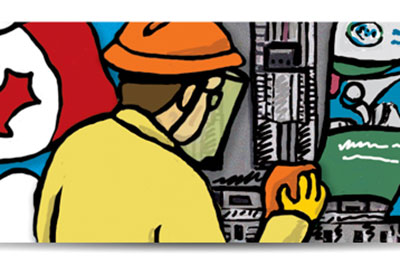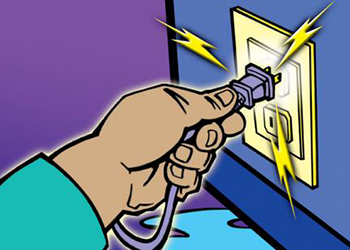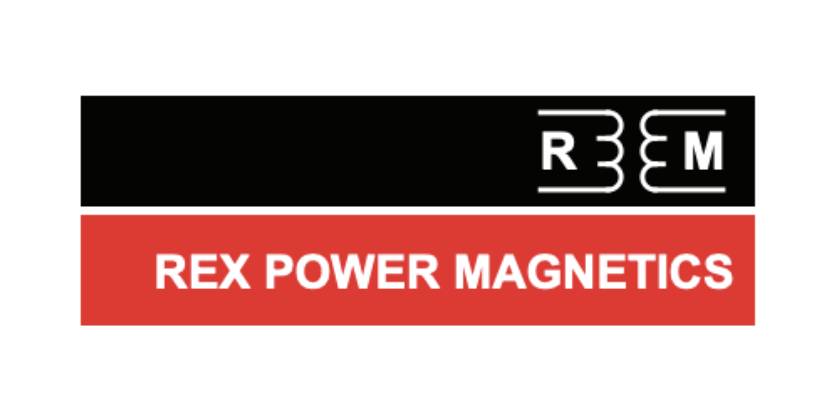Des changements aux sections 20, 32 et 46 du Code national de l’électricité qui sera adopté sous peu

Pierre McDonald
Avec la publication du Code canadien de l’électricité 2015 dans quelques semaines, j’aimerais mettre l’accent dans cet article sur certains changements que nous retrouverons un peu partout dans le Code et qui présentent un certain intérêt. Il faut garder à l’esprit que le Code sera disponible en janvier 2015, mais il devra être approuvé par les différentes provinces et territoires avant d’être opérationnel. Pour certaines provinces, l’approbation pourrait se faire très rapidement, mais sera plus lente dans d’autres, peut-être même un an ou deux. Cet article explore certains changements des Sections 20, 32 et 46.
Partout dans la version 2015 du Code le terme blessure mécanique a été changé pour dommage mécanique. Ce changement reflète mieux le fait qu’une installation a plus de possibilités d’être endommagée que blessée et ce changement se retrouve dans environ 70 endroits différents dans le Code électrique 2015. De plus, dans l’Appendice C, C11, la terminologie est définie et le mot dommage est réservé pour décrire des dommages sur de l’équipement ou une propriété alors que le terme blessure décrit une blessure à des personnes.
Lire l’article…
With the 2015 Canadian Electrical Code (CE Code) publication less than 1 month away, I would like to focus this article on some of the changes scattered throughout the CE Code that will be of interest. Keeping in mind that while the CE Code will be available January, 2015 it will not be enforced until the appropriate Provincial and Territorial legislation takes effect. For some Jurisdictions this could be very soon while for others it could be a year to two down the road. Please check with the Authority Having Jurisdiction in your area. This article will explore some changes in Sections 20, 32 and 46.
Throughout the 2015 CE Code the term “mechanical injury” has been changed to read “mechanical damage”. This change better reflects the fact that installation are more apt to be damaged as opposed to injured and this change will occur in about 70 locations within the 2015 CE Code. Further direction is given in Appendix C, C11 Code Format and Rule Terminology, where the term “damage” is reserved to describe damage on equipment and property and the term “injury” will be used to describe injury to persons.
Section 20 will see a few changes associated with the rules on Commercial Garages and Residential Storage Garages. First off, Rule 20-100 will see an adjustment in the Scope to clarify that the rules 20-102 to 20-114 apply to commercial garages where service and repair is being performed. Additionally this rule has been adjusted by the deletion of the requirement that it applies to storage garages where more than 3 vehicles are stored. This change in essence makes it very clear that repair facilities apply and storage facilities do not. These changes bring the requirements in line with the National Electrical Code (NEC) which in 1975 removed the hazardous designation from storage garages where repairs are not normally done or where fuel is not dispensed. These changes can also be justified by the fact that the risk of an explosion in storage garages is not statistically higher than normal locations
Rule 20-102 will be revised with a few changes. Subrule 1 will see the term “showrooms” removed and the term “adjacent areas’ used in its place. This change will allow the complete deletion of Subrule 5 as the requirements match those of subrule 1. Subrule 3 will also be deleted as they mandate requirements for storage facilities which are no longer covered. Lastly, subrule 4 will be slightly adjusted to indicate that the Class 1 Zone 2 location within a pit will extend upwards to 50mm above the finished floor.
Rule 20-114 will be deleted entirely. In its place the requirements for Electric Vehicle Supply Equipment (EVSE) installation in a hazardous area will be established in Section 86 with a reference to Section 18 to cover wiring methods. This change widens the scope from the section 20 reference in commercial garages to cover all hazardous location to which the Electric vehicle supply equipment (EVSE) can be installed. It should also be noted that EVSE will be defined in Section 86.
The final change in Section 20 will see the complete deletion of Rules 20-200, 20-202, 20-204 and 20-206. Again, for residential storage garages with vehicles of today’s technologies, there is no real data to indicate these premises to be any more hazardous than normal locations; it does not mandate the need for these requirements anymore.
In Section 32 Rule 32-102 has a new subrule that will recognize optical fibre cables for use in data communication links between control units and transponders as described in the CAN/ULC-S524 standard. This sixth edition standard for Installation of Fire Alarm Systems has several changes including new Sections on Optical Fibre Cables, Short Range Frequency (Wireless) Equipment, Ancillary Displays, Remote Power Supplies, Automated Voice, Protective Covers, Multi-Sensor Devices, Fire Suppression Systems, Strobe Synchronization Modules, Fire-Do-Not-Enter Signs, Directional Signs for Evacuation, Door Holders (Hold-Open Devices) and Door Closers. A perfect topic for a new article in 2015.
Rule 46-400 on exit signs will have a new subrule mandating that the circuitry feeding luminaires used to illuminate those exit signs that are not connected to an electric circuit (photo luminescent) comply with the existing subrules 1 through 3. It is very important to remember that the requirements for exit signs, be it internally illuminated or externally illuminated, fall under the National Building Code of Canada (NBCC), clause 3.4.5.1and not the CE Code. This change is in place as the NBCC has introduced photo-luminescent exit signs in its 2010 edition. This new subrule only refers to the circuitry associated with the luminaire used to illuminate the exit sign and does not place any requirements on the need for any such luminaire.
Trying to decide which CE Code changes are more important or more relevant to the reader has been a hit and miss practice. As I finish my 12th article I see that all those changes I’ve described are very important to anyone who focuses within these areas. The section 20 changes have been well overdue with questions continuously being asked about the classification of automobile show rooms and other storage garages. As I read through sections 32 and 46 I again realized just how important this information is to any installer of fire alarm systems and emergency lighting. Like all Codes and Standards, this one is continuously evolving. I wish you all the best this Christmas season and a Happy New Year.
Read More from Pierre McDonald:
– Le Code et la sécurité publique par les normes sur les produits électriques
– Législation provinciale et exigences administratives du Code électrique
– Section 62 : Appareillage fixe de chauffage électrique
– Maintenant disponible: La norme ULC sur la sécurité en matière d’électricité sur les lieux de travail des services publics d’électricité
– Maintenant disponible: La norme ULC sur la sécurité en matière d’électricité sur les lieux de travail des services publics d’électricité: Parte 2
– UL Code Link
– Système de notification de masse et accessoires
– Établir le moment où les nouveaux documents du Code s’appliquent
– Classification des emplacements dangereux, ainsi que des gaz et vapeurs inflammables












